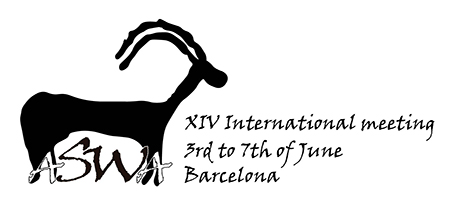Located near the Jabal al-Arab (southern Syria), Tell Qarassa North has yielded Neolithic occupation phases dated to the middle and the second half of the ninth millennium BC and corresponding to the Early Pre-Pottery Neolithic B and the Early/ Middle PPNB transition. This period is of great importance for understanding the economic and social changes that occurred during the emergence of farming since morphologically domesticated plants and animals are first attested at that time in the Levant and northern Mesopotamia. In this paper we present the main results of the study of the faunal assemblages from the area XYZ. More than 15 taxa have been identified where goats (Capra format aegagrus) composed the main part, followed by gazelles, boar, aurochs, carnivores, hares, various bird species and spur-thighed tortoises. Hunting activities around the nearby lake and in the surrounding steppe and rocky landscapes seem to have play a significant role in the subsistence of the village community. However, the issue of human management of goats arises in this context. Among other approaches, biometric comparison with other contemporaneous or later sites with goat-predominated economy like Tell Aswad, Ain Ghazal and Kharaysin in the southern Levant, Tell Halula in the middle Euphrates Valley and Cafer Höyük in southeastern Anatolia, helps addressing the hypothesis of a local domestication of Capra.
|
|
|
By author > Helmer Daniel
Animal resource exploitation at Tell Qarassa North, an Early Pre-Pottery Neolithic B village in southern Syria
1 : Culture et Environnements, Préhistoire, Antiquité, Moyen-Age
Université Nice Sophia Antipolis (UNS), CNRS : UMR7264, INEE, INSHS
2 : ARCHEORIENT - Environnements et sociétés de lÓrient ancien
Université Lumière - Lyon 2, Centre National de la Recherche Scientifique : UMR5133
3 : Institut Català de Paleoecologia Humana i Evolució Social (IPHES), Universitat Rovira i Virgili
C. Marcel·lí Domingo s/n, Campus Sescelades URV (Edifici W3), 43007 Tarragona, Spain -
Spain
4 : Institució Milà i Fontanals, CSIC, Barcelona
| Online user: 1 | RSS Feed |

|

 PDF version
PDF version